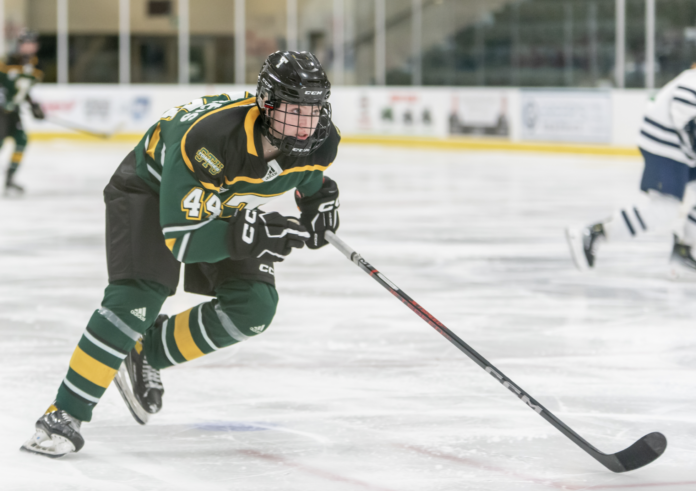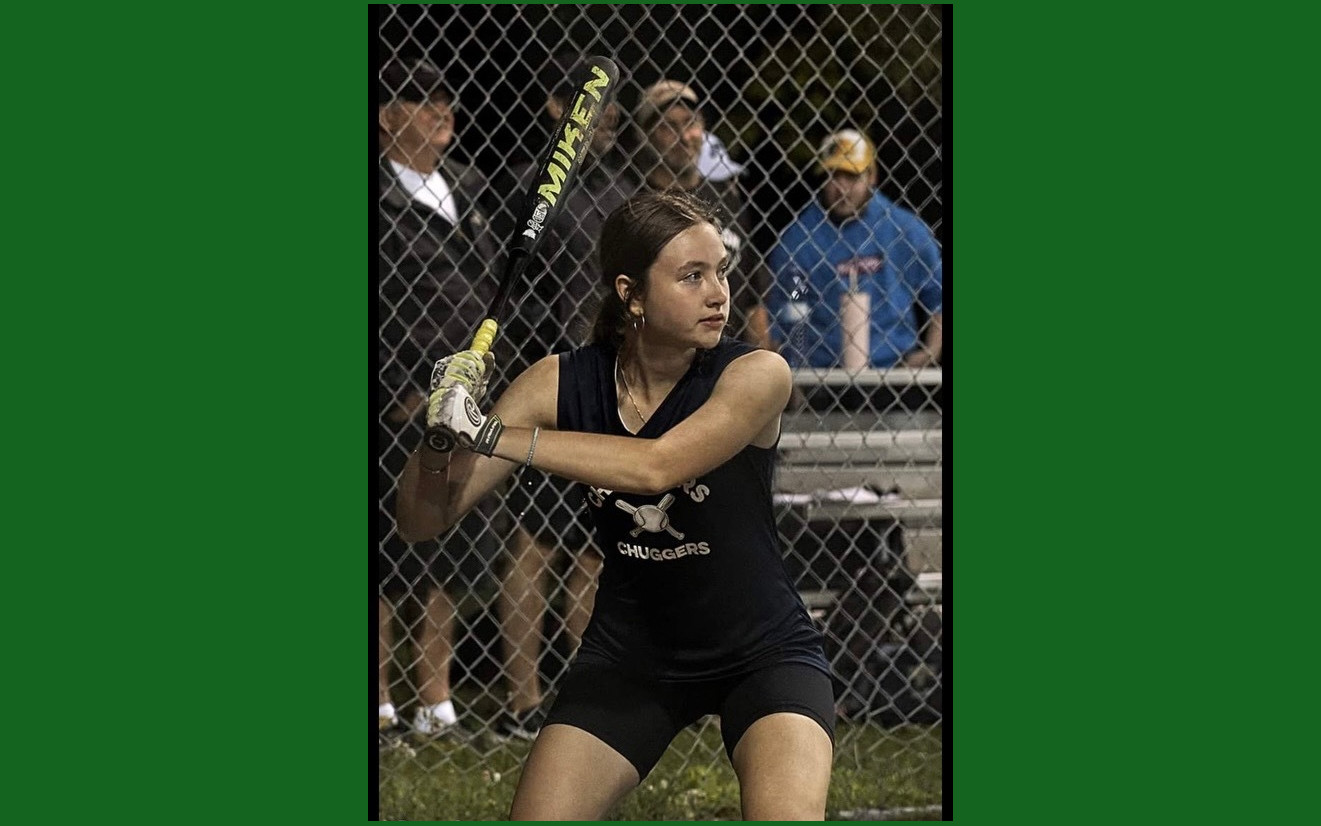

Playing one sport can be tiring enough, but for some, just playing one is not enough.
Ella Chambers is a first-year on the STU women’s hockey team, but before settling on hockey she played lacrosse, field hockey, flag football, golf, soccer, dance and softball. She said that playing so many different sports helped get her out of her comfort zone.
“Being on so many different teams and interacting with new social groups … I had to come out of my shell a little bit with so many different sport circles.”
With hockey as her main sport, Chambers said the other sports helped her to improve on her endurance, conditioning and quick feet to be a better hockey player. The challenge for her was balancing her sports commitment with school, adding that her parents would help her manage time and ensure she was able to fully commit to each sport she did.
Though lending her time to the field, ball diamond and dance floor when she was younger, Chambers settled on hockey stating, “I loved it more than all the other sports I played.”
“I loved the friendships I made through the sport, I loved the commitment that was needed, I loved learning new things and then trying it next game,” said Chambers.
Playing so many different sports didn’t affect her love for hockey, though. Instead, it made her more excited to play.
“It also made me hungry to play my favourite sport when I was away from it for so long.”

While research is being done on the benefits of multi-sport participation and the downfalls of early specialization, some parents say it’s not about the data or research, just balance.
Shawn Forster has two daughters who have both participated in multiple sports at once. While he has encouraged them to be active, he credits his girls for being go-getters. As a coach of both ringette and a brief stint in soccer, Forster says the game sense is one thing he notices transfers from sport to sport, as well as physical literacy.
“You can really tell when you’re coaching the kids that specialize or don’t do very many sports,” he said.
His youngest daughter has played ringette, basketball, volleyball, cross-country and tackle football. With ringette as her main sport, Forster says they have balanced it by ensuring she only plays one competitive sport at a time.
“Once the kids get into middle school, the commitment that coaches are expecting from competitive teams seems to increase,” he said. “[They] don’t really allow for the kids to do multiple competitive sports at once.”
Forster has coached his daughters on and off for around 10 years and he said it can be a fine balance between what is too much.
He has seen it in other children who have tried playing multiple competitive sports at once, adding that “you can really see a difference in their energy level.”
He said the largest challenge for parents can be finding that balance, but that playing multiple sports can help teach children and teens about recovery.
“The challenge with being a multi-sport athlete is the kids learning that recovery is something that’s needed,” said Forster.
“You just can’t go continually, there needs to be that downtime to have your recovery so that you can excel at whatever it is you’re doing.”
